
Document
Cove Forests are unique ecosystems found exclusively in North America, in the southern Appalachian Mountains of the United States. They are a special type of forest known as mixed decidous, meaning...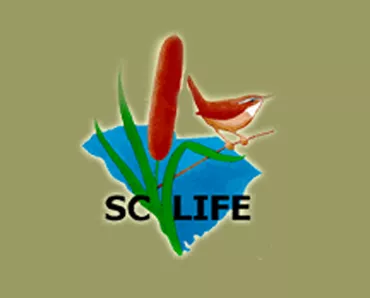
Take a virtual field trip to a South Carolina cove forest and a salt marsh. These virtual field trips were produced in collaboration between Clemson University's SC LIFE Project and South Carolina ETV. The virtual field trips were designed specifically for schools lacking easy access to natural areas.
The SC LIFE Project, supported by an award to Clemson University from the Howard Hughes Medical Institute Undergraduate Science Education Program, uses the natural history of South Carolina (and the Southeast) to illustrate basic biological concepts and to stimulate inquiry-based learning. The SC LIFE Program serves elementary, middle and high school students and teachers. The target grade level of the SC LIFE Virtual Field Trips content is middle school.
SC LIFE materials are available for use only in non-profit educational activities. Any other uses, including activities involving fees for instruction and/or materials, must receive permission from the SC LIFE Project Director. Contact SC LIFE Project Office, 132 Long Hall, Clemson, SC 29634, 864-656-4224, with questions about any of our SC LIFE materials or programs.

Document
Cove Forests are unique ecosystems found exclusively in North America, in the southern Appalachian Mountains of the United States. They are a special type of forest known as mixed decidous, meaning...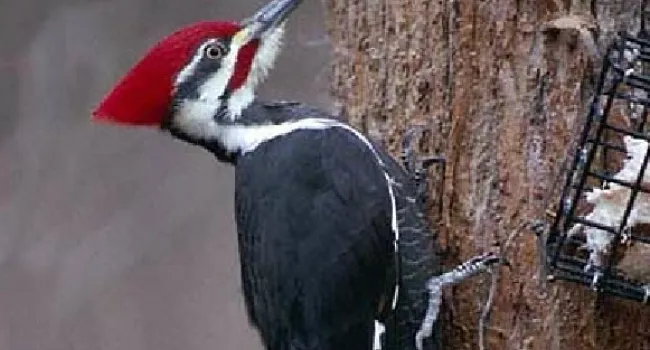
Photo
The largest woodpecker in the United States that produced rectangular holes in dead trees, a favorite food of this bird is the carpenter ant. Mature hardwood forests are favored by this species and it...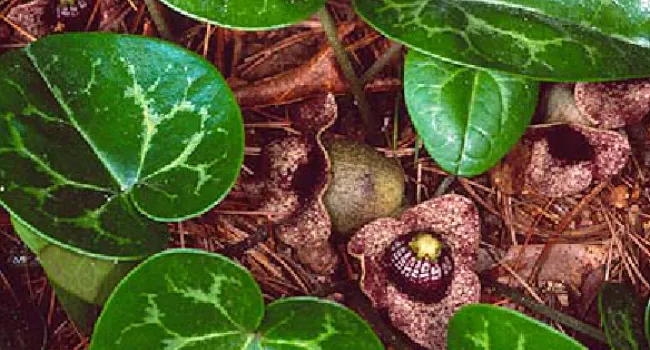
Photo
This low-growing plant has evergreen heart-shaped leaves. The large jug-shaped flowers occur on the soil surface, often under decomposing leaves. This species, like many woodland herbs, has ant...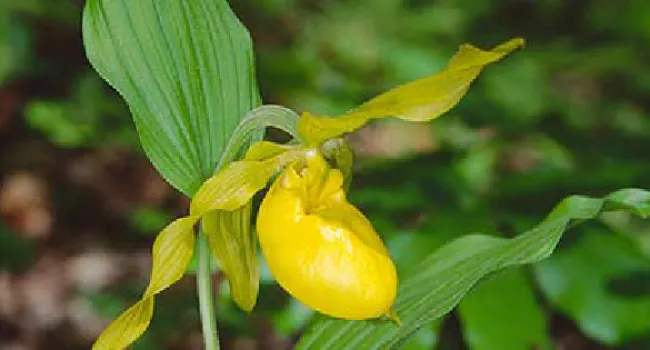
Photo
(Cypripedium calceolus var. pubescens) This native orchid is a joy to see in its native habitat. The large yellow flowers with a conspicuous pouch depend on deception for pollination as it offer no...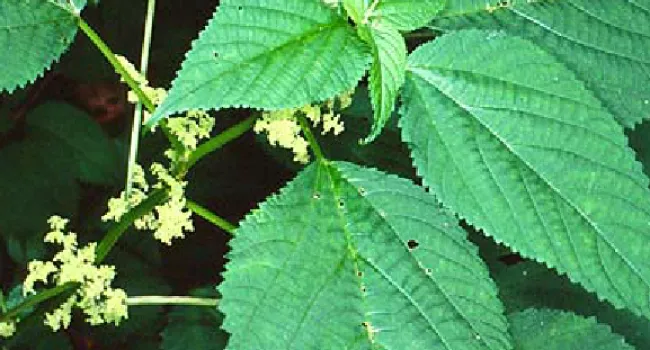
Photo
(Laportea canadensis) This is a plant that you may not want to touch as stinging hairs cover its stems and leaves. Why does it sting? One hypothesis is that its hairs deter some animals from feeding...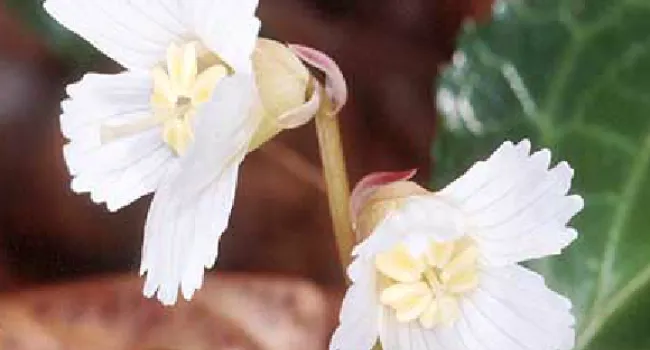
Photo
(Shortia galacifolia) A small evergreen species related to galax with white flowers produced in March. It was discovered ty the French botanist Andre Michaux in 1787 growing at the confluence of the...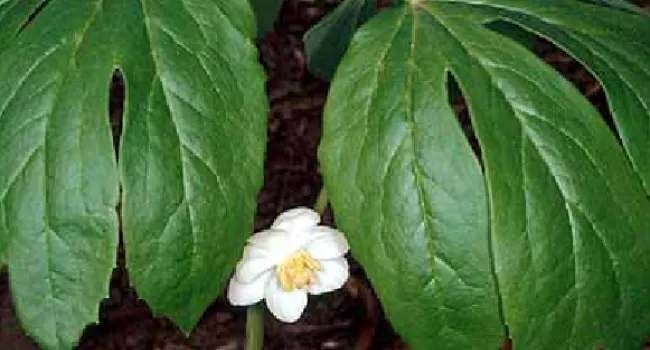
Photo
(Podophyllum peltatum) This widespread herb forms dense carpets on the forest floor in early spring. Single large white flowers with yellow centers hang down beneath the large umbrella-like leaves...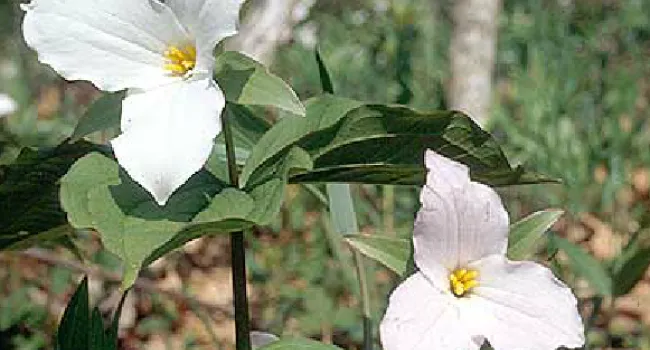
Photo
Trilliums are easily recognized by having a single whorl of three leaves and one conspicuous flower. The large white flowers of this species are initially white but change to pink as the flower ages...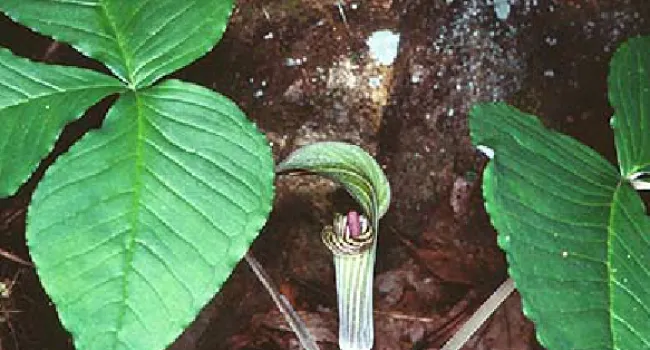
Photo
This unusual plant produces one or two leaves, each of which is divided into three leaflets. A cluster of tiny flowers is produced at the base of the striped tubular structure (called a spathe) that...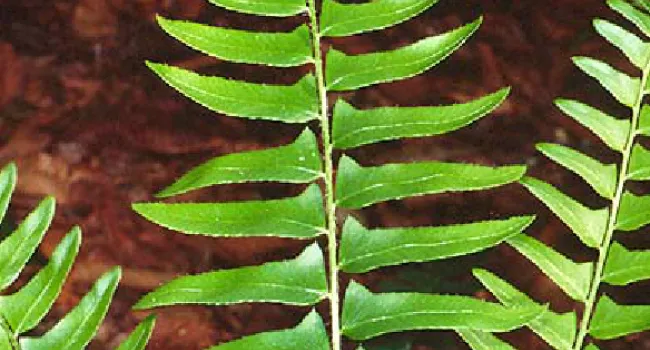
Photo
(Polystichum acrostichoides) This evergreen fern commonly occurs in moist sites including ravines and rocky slopes. Only the leaves emerge above ground - the stem is underground. Like all ferns, it...